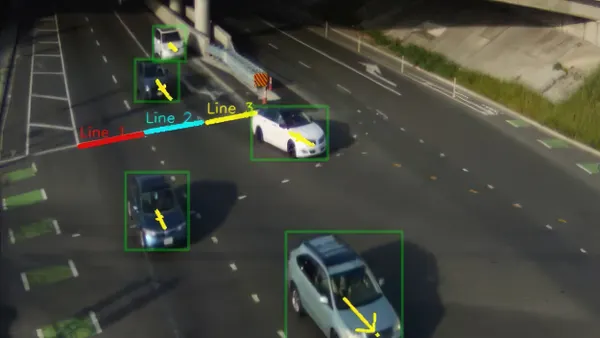New York City’s first vehicle-to-grid two-way charging system went live last month in Brooklyn following a successful testing period over the summer. The three Fermata Energy bidirectional chargers can export approximately 45 kW back to the grid during times of peak demand.
Revel, NineDot Energy and Fermata Energy partnered on the project, with partial funding from the Wells Fargo Innovation Incubator program, which provided NineDot with up to $250,000.
The chargers were installed at Revel’s warehouse in the Red Hook neighborhood. A Brooklyn-based electric mobility and infrastructure company, Revel operates a fleet of 200 ride-sharing electric vehicles in New York City, said Paul Suhey, the company’s co-founder and chief operating officer.
“The way that we think about transitioning to EVs is a lot more complicated than simply just putting chargers in the ground,” Suhey said. He added that “a reliable and resilient grid takes precedence over EV adoption.”
Suhey explained that vehicle-to-grid, or V2G, integration is new to regulators and the utility. He said challenges for this installation included understanding the engineering requirements and developing the interconnection agreement with Consolidated Edison, the local utility company. “Even before we exported one kilowatt hour, we've already learned a lot from just working with Con Ed through this process,” he said.
Vehicle-to-grid integration may be more successful among fleet owners than individual EV owners, Suhey believes. “It's hard enough to teach consumers about the benefits of EVs and charging range, let alone what it means to connect to the grid and why they should care.”
NineDot’s co-founder and CEO, David Arfin, said that this technology could be used for delivery service fleets, school buses, Class 8 trucks and other fleet vehicles that are available to feed the grid.
Fermata Energy also announced Thursday that the first bidirectional charging systems in western Massachusetts were installed at a FirstLight Power hydroelectric facility, allowing that company’s two Nissan Leaf vehicles to send energy back to the grid.
Nissan markets the Leaf as the only fully electric passenger vehicle currently in the U.S. market able to supply energy to the grid, and it has approved the Fermata Energy FE-15 bidirectional charger for use with its Leaf vehicles.
California created its vehicle-to-grid integration road map in 2014, and earlier this year it approved three vehicle-to-grid integration pilots for Pacific Gas & Electric Co.
“The reality is that energy and mobility are converging,” said Suhey.











